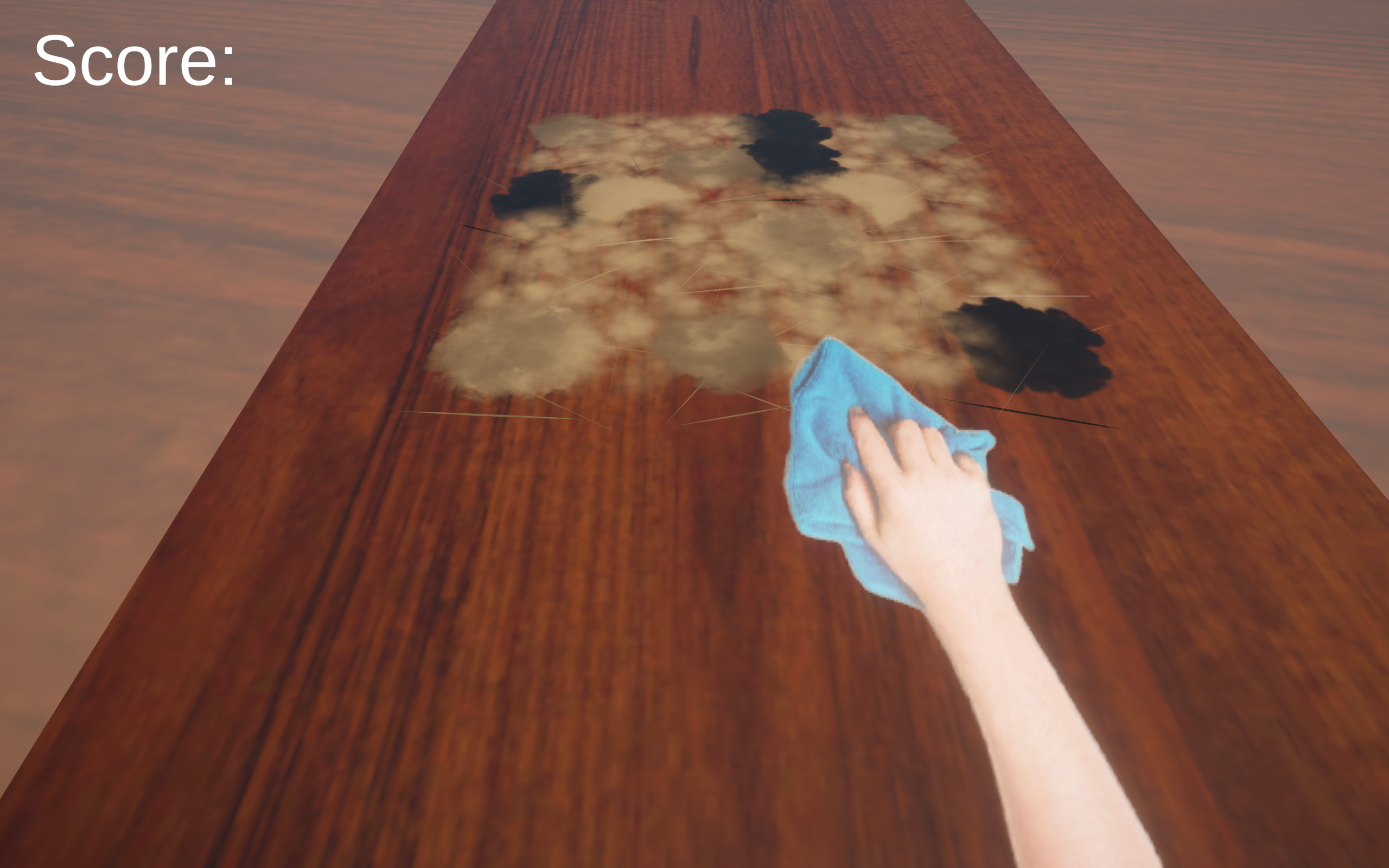Ideation and Prototyping
Week 1
The Assignment:
Come up with a question, brainstorm game ideas, and prototype a simple 'toy' version of one idea to answer that question.
We started with a long brainstorming session, starting with a couple ideas we had over winter break, and building on them to make a long list of our ideas. Once we were happy with the list, we went through and gave each idea a personal score. Of the ideas with the highest combined scores, we then discussed a little more and decided on a few top ideas to keep considering.
- Cowboy Kitty Milk Saloon - a cowboy-themed Wii-Sports-style minigame collection taking place in an old west saloon run by cats
- Untitled Collage Game - when you type something into an AI image generator, who's actually making it? In this game, you are, with a mismatched collection of stock photos, an old scanner, and some old-fashioned printmaking techniques
We were both very attached to the idea of Cowboy Kitty Milk Saloon, so our "toy" prototypes were loosely inspired by tasks you might perform as a barkeep in an old west saloon. The question we came up with was how can we incentivize a player to perform a menial task in a way that makes it fun?

Page's prototype
In this prototype, the player has to wipe dirt off a wooden bar. The hand with the towel is controlled with the mouse, and the player earns points for each speck of dust they wipe away. The slower the player moves the towel, the more "damage" they do to each speck.
In our in-class playtests, we do 6-8 rounds, each 8 minutes long, in which a random classmate plays our prototype, narrates their thoughts and experiences, and gives general feedback to the developer. In our playtesting of this prototype, we learned a lot! A few key takeaways were:
- Playtesters found the process of clearing the dirt away to be very satisfying
- The score was a strong motivator to keep playing - playtesters from other groups started to come over and try to beat the standing high score!
- The fact that players weren't entirely sure how their score was calculated only motivated them to experiment and play more
- In fact, different playtests came up with a couple different strategies to earn the highest score, and started to compete and try to beat each other's scores.
- Many playtesters thought the color variation in the dirt represented difficulty, when it was actually random variation to break up solid blocks of color. A good reminder to remember what the visuals communicate!